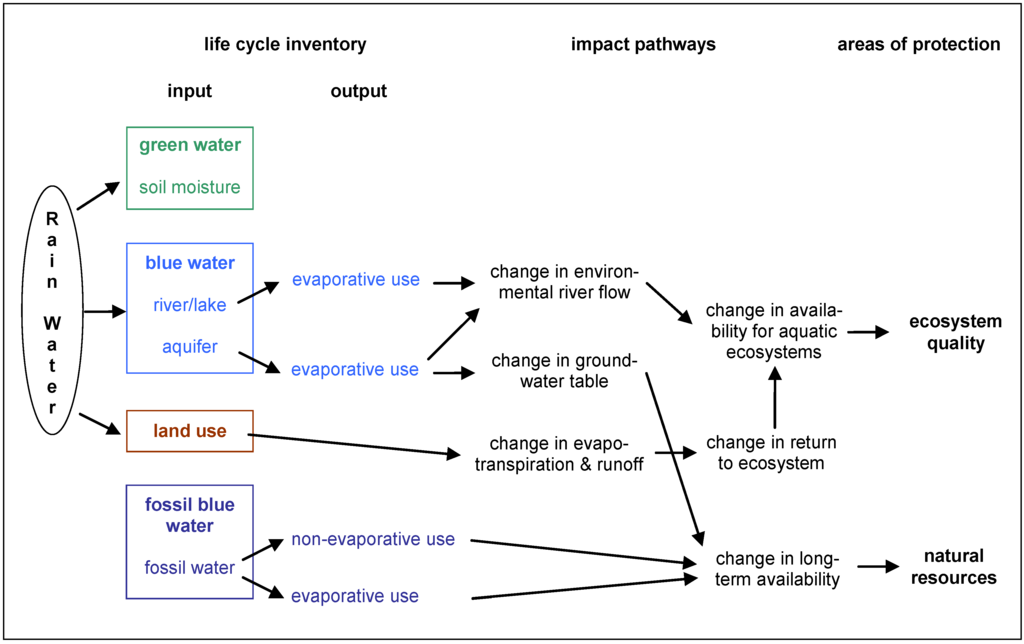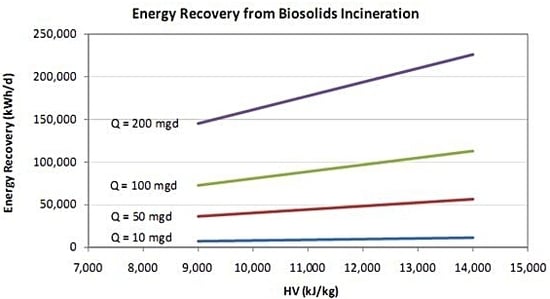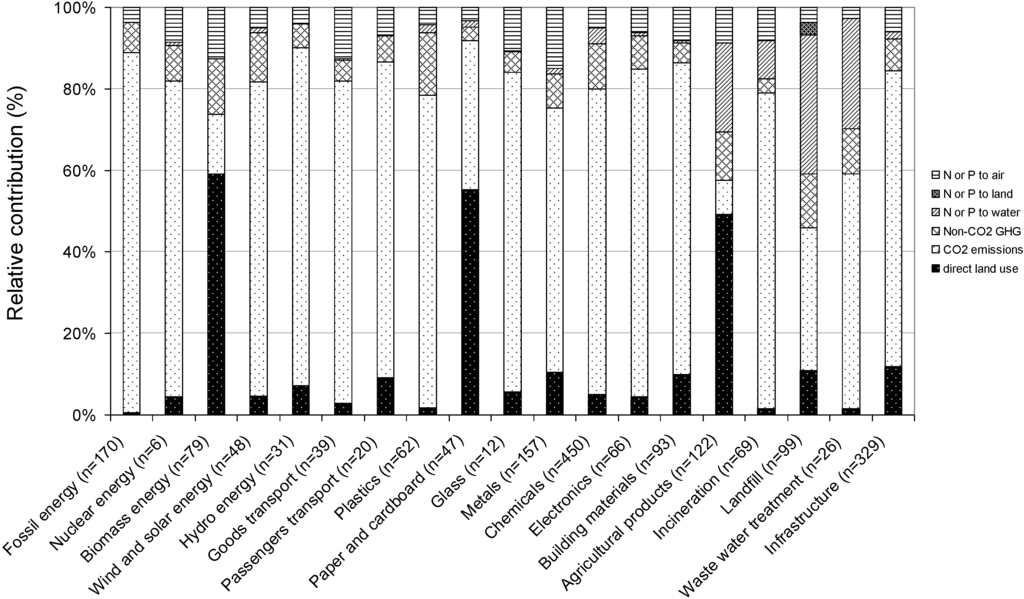Sustainability 2010, 2(4), 919-944; https://doi.org/10.3390/su2040919 - 5 Apr 2010
Cited by 210 | Viewed by 27046
Abstract
As freshwater is a vital yet often scarce resource, the life cycle assessment community has put great efforts in method development to properly address water use. The International Organization for Standardization has recently even launched a project aiming at creating an international standard
[...] Read more.
As freshwater is a vital yet often scarce resource, the life cycle assessment community has put great efforts in method development to properly address water use. The International Organization for Standardization has recently even launched a project aiming at creating an international standard for ‘water footprinting’. This paper provides an overview of a broad range of methods developed to enable accounting and impact assessment of water use. The critical review revealed that methodological scopes differ regarding types of water use accounted for, inclusion of local water scarcity, as well as differentiation between watercourses and quality aspects. As the application of the most advanced methods requires high resolution inventory data, the trade-off between ‘precision’ and ‘applicability’ needs to be addressed in future studies and in the new international standard.
Full article
(This article belongs to the Special Issue Resources Management: Life Cycle Assessment)
►
Show Figures




